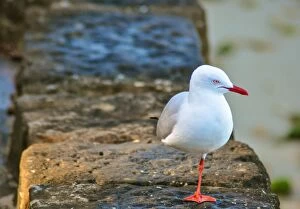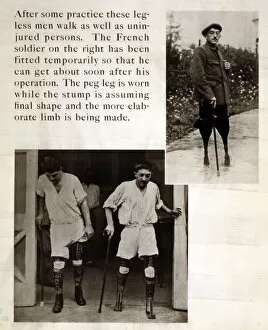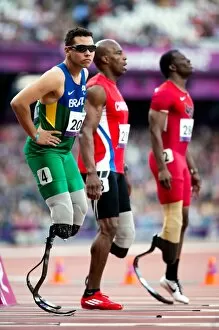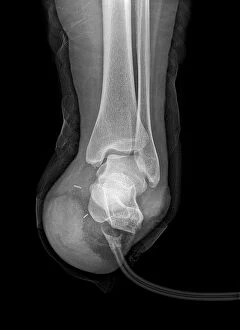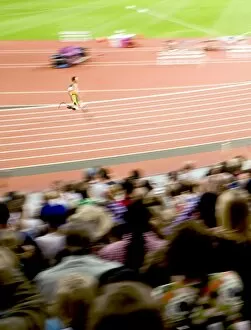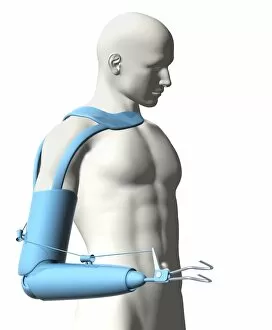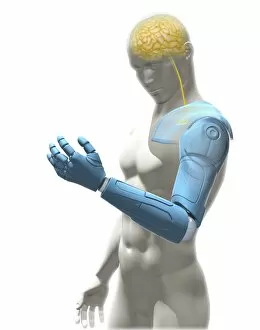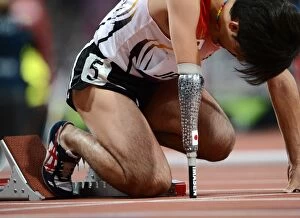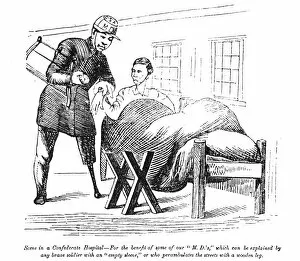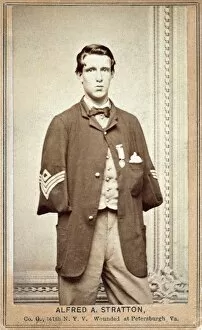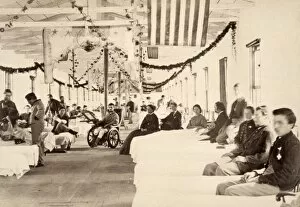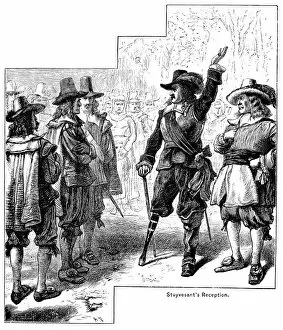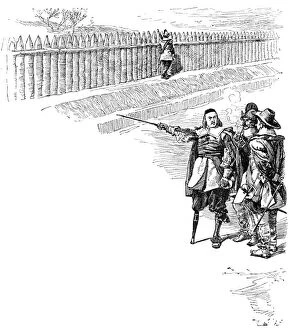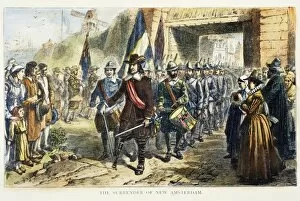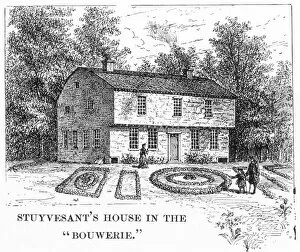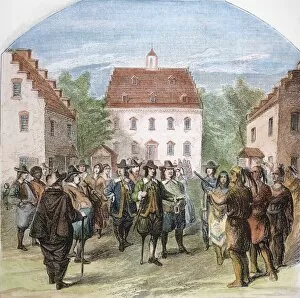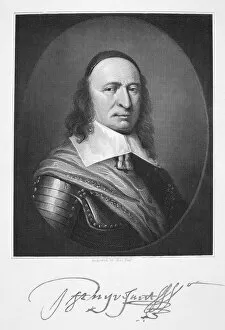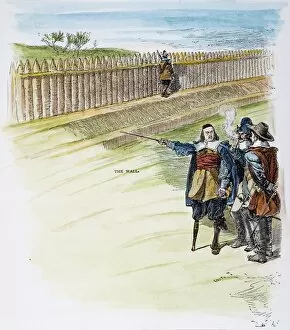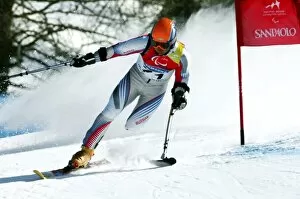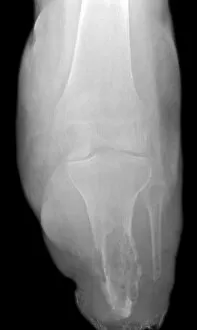Amputee Collection (page 5)
"Unyielding Courage: Amputees Throughout History" From the valiant Admiral Horatio Nelson to the resilient Stephanie Lush
All Professionally Made to Order for Quick Shipping
"Unyielding Courage: Amputees Throughout History" From the valiant Admiral Horatio Nelson to the resilient Stephanie Lush, amputees have defied all odds and shown us the indomitable spirit of human resilience. Admiral Horatio Nelson, a British naval officer in the 18th century, exemplified unwavering determination as Vice Admiral of the White. Despite losing an arm during battle, he continued to lead his fleet with unmatched bravery. In a heart-wrenching image from WWI, we witness a wounded soldier finding solace in the arms of his compassionate nurse. This poignant moment captures not only physical pain but also the emotional toll endured by those who sacrifice for their country. Fitzroy HJ Somerset, 1st Baron Raglan, another remarkable figure from history's annals, demonstrated extraordinary strength despite having lost limbs. As a British soldier in the 19th century, he faced adversity head-on and became an inspiration to many. Stephanie Lush's story is one of triumph over tragedy. Having both her legs amputated due to meningitis did not deter her spirit; instead, it fueled her determination to live life fully and inspire others facing similar challenges. The mobile amputee clinic in Syria serves as a beacon of hope amidst conflict-ridden times. This initiative showcases humanity's compassion and dedication towards providing medical care for those affected by war-related injuries. Even centuries ago, depictions such as "The Charity of Saints Cosmas and Damian" remind us that communities have long recognized the importance of helping amputees regain their mobility through innovative methods like grafting limbs onto stumps. However, history has also witnessed darker moments when punishment was inflicted upon fugitive slaves - engraving from "Relation du Voyage de M. De Gennes. " These haunting images serve as reminders that society must continually strive for justice and equality for all individuals regardless of their physical abilities.








